![]()
People are the ones pulling the strings and they influence everything around them. They like to have control over each other and the entire world surrounding them, like nature.
As a result, humanity often seems to stand above nature and it is used as if it were our natural right. But more and more often nature turns out to be beyond human control; extreme drought, heat waves, forest fires, floods and hurricanes are sweeping the earth.

Everything Under Control
Artists
- Sarah Fokke
- Neža Kokol
- Ben Maier
-
Bora Şekerci
Curator
- Marissa Karl Karlas
Marketing
- Amber Meekel
-
Vita Kiewiet de Jonge
On show from 16.09.2022 to 15.10.2022
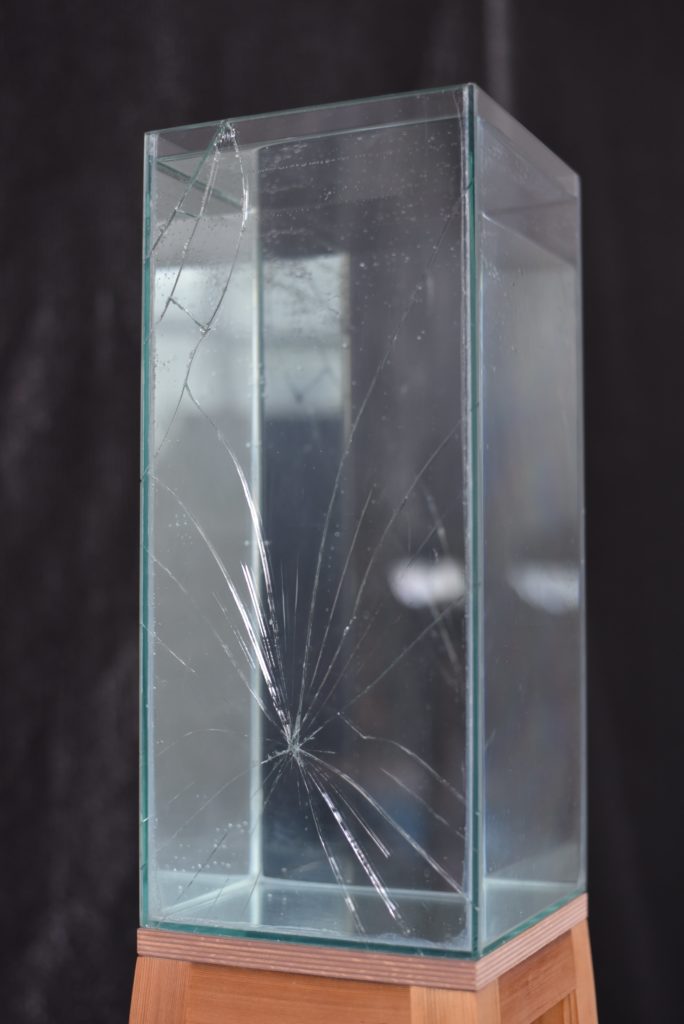


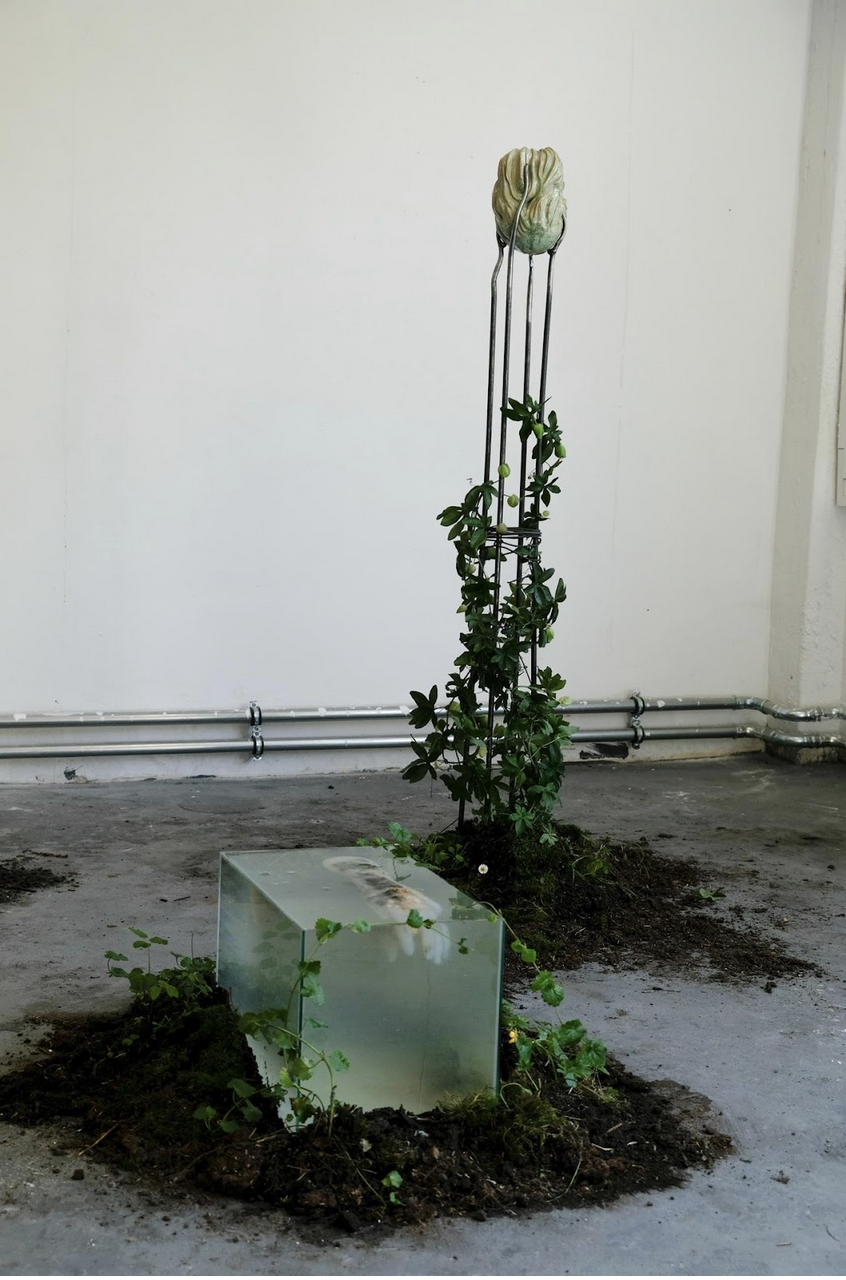
Do humans have the right to control all things non-human? And besides that, can humanity really control nature? Is it ok that we use that power?


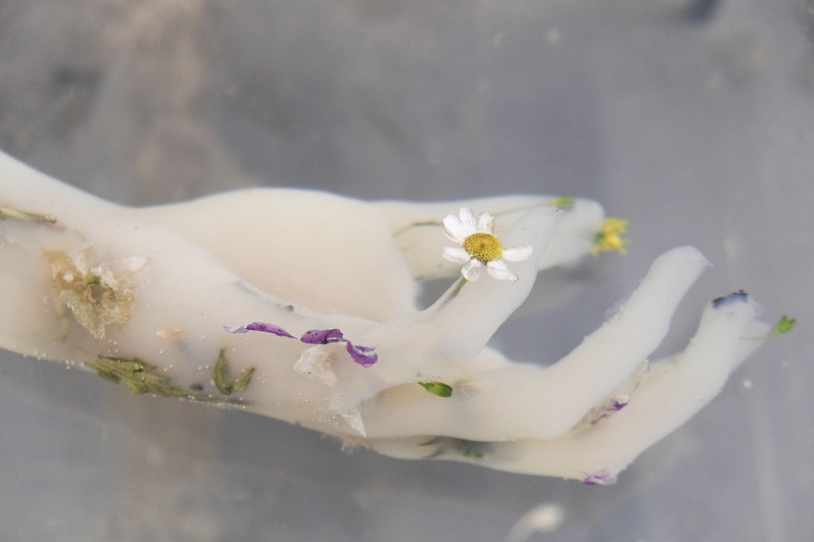
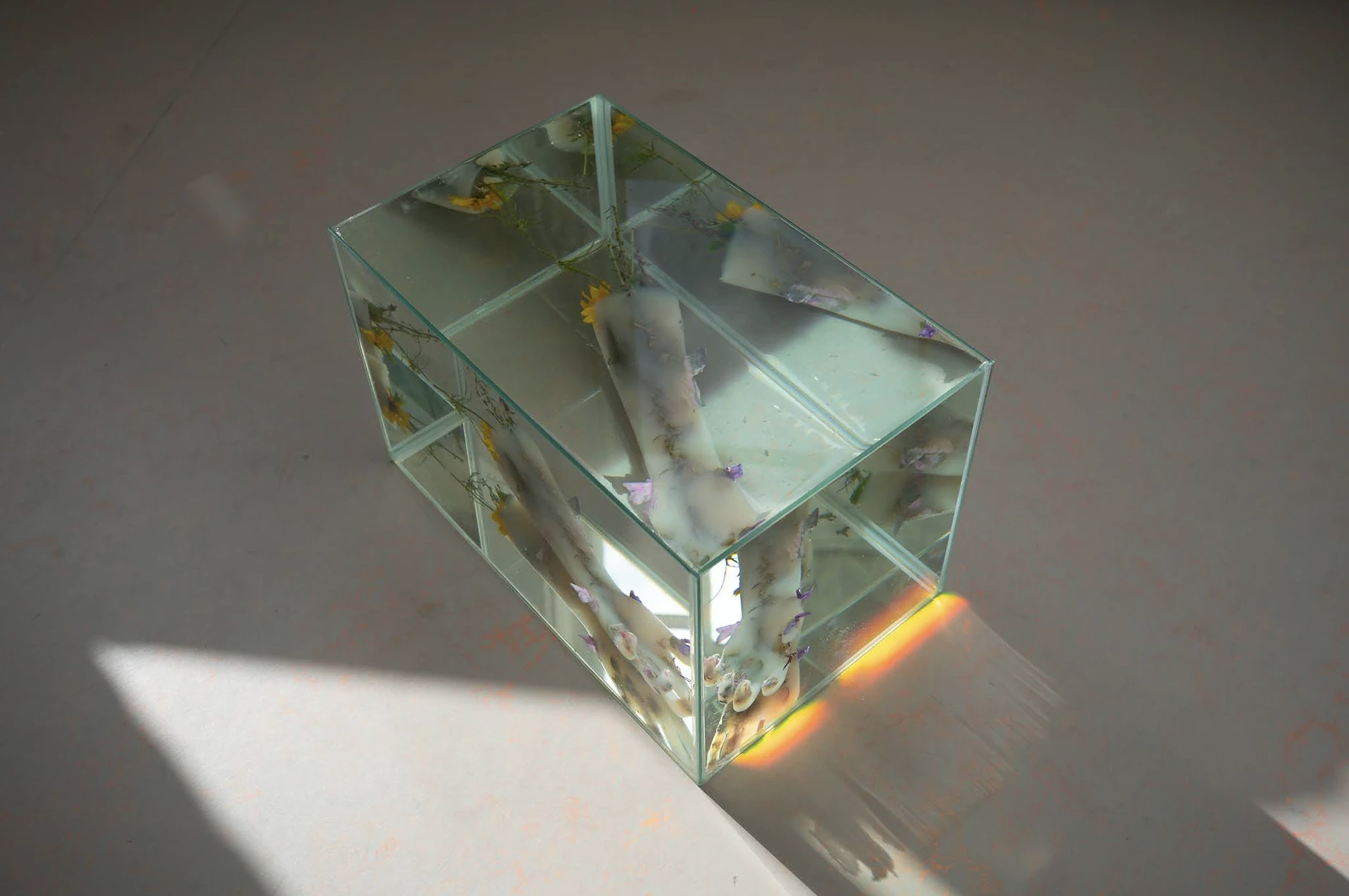
Sarah Fokke (1997) — The Watery Body is an installation reflecting on the physical relationship between our human body and the natural world surrounding us. Water — which is the main material used in this installation — is an element that enables our understanding of this interconnectedness we have with all living beings. The human body consists mainly of water, it flows through us, takes the temporal shape of our bodies and then flows onward into the world. In this work sarah asked herself where her body begins and ends, when water connects us all, through space and time.
The hands in the installation are a visualization of our watery bodies, consisting of algae biomaterial, locally collected water and other locally foraged natural materials. The substance of the algae biomaterial resembles water, captured in the solid form of her hands. Slowly but surely the material will decay, the water will get cloudy and the hand will rise in the water, moved by the small air bubbles formed by the rotting process.
When their time has come, the hands will be returned to nature, where they can dissolve and melt back into the earth.
The hands in the installation are a visualization of our watery bodies, consisting of algae biomaterial, locally collected water and other locally foraged natural materials. The substance of the algae biomaterial resembles water, captured in the solid form of her hands. Slowly but surely the material will decay, the water will get cloudy and the hand will rise in the water, moved by the small air bubbles formed by the rotting process.
When their time has come, the hands will be returned to nature, where they can dissolve and melt back into the earth.
Humans have rights, but an animal, ocean or a stone hardly or not at all, who makes these rules?



“As a kid I built castles with soil. Equipped with bright yellow rainboots on still too tiny feet I crossed sand piles, exploring the elements underneath me. Every now and then I would tear an earthworm apart. Roaming on the land was my favourite adventure.”In southwest Germany, the most valuable resource lies underground. The natural deposits, mostly stones and sand, show suitable qualities for concrete production. This attracts mining companies that see value in the soil: Concrete is a high economic demand. Extractivism – the extraction of these resources - is divisive because it lies at the crossroads of economic development and environmental protection. The needs of our society dictate the destruction of our landscapes: Extractivism becomes necessity.
Ben Maier (1989) frames his photographic practice as visual economist. After working in several internationally acclaimed advertisement agencies as information architect, he turned towards the arts. Through his experiences, he can understand economic coherences and nefarious aspects of neoliberalism. In 2022, Maier completed a Bachelor study in photography at the Royal Academy of Arts in The Hague.
Maier has been scouted by Amsterdam based Gallerie Ron Mandos for the annual famous Best of Graduates show where the work of the most promising young artists based in the Netherlands are brought together.
Don't people just like to feel in control so they can pretend they have everything under control?
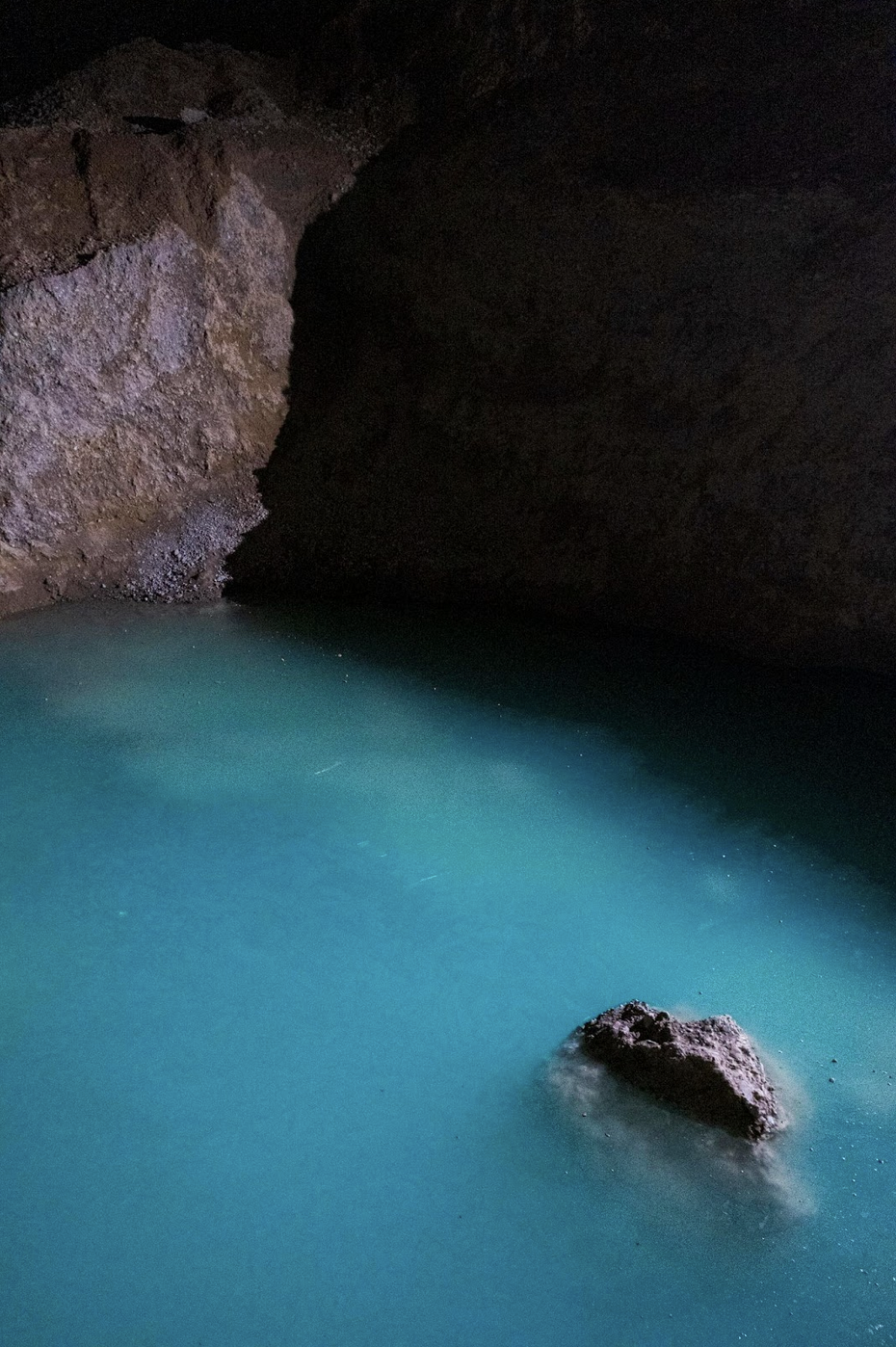

Bora Sekerci (1991, Istanbul) graduated this year from the Royal Academy of Arts, The Hague. Bora actually started at the academy’s Fine Arts department and later transferred to the photography program. His practice revolves around the fluid and ever changing relationship between man and nature. He is interested in the anthropocene and searches for answers through the use of photography to preserve both the organic world surrounding us and our memories respectively in a meta way. He is based in the Netherlands where he continues to develop his projects. He sees his own practice as an ever growing whole which keeps evolving.
TROEF wants to draw attention to the relationships and boundaries between man and nature. In the exhibition 'Everything Under Control', four artists show different forms of control.
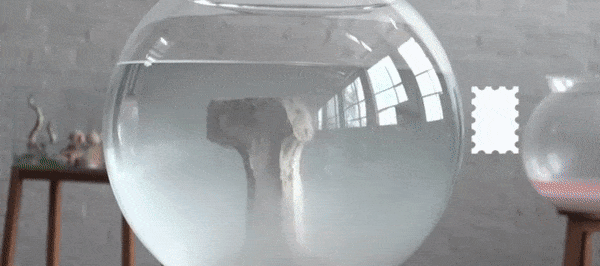


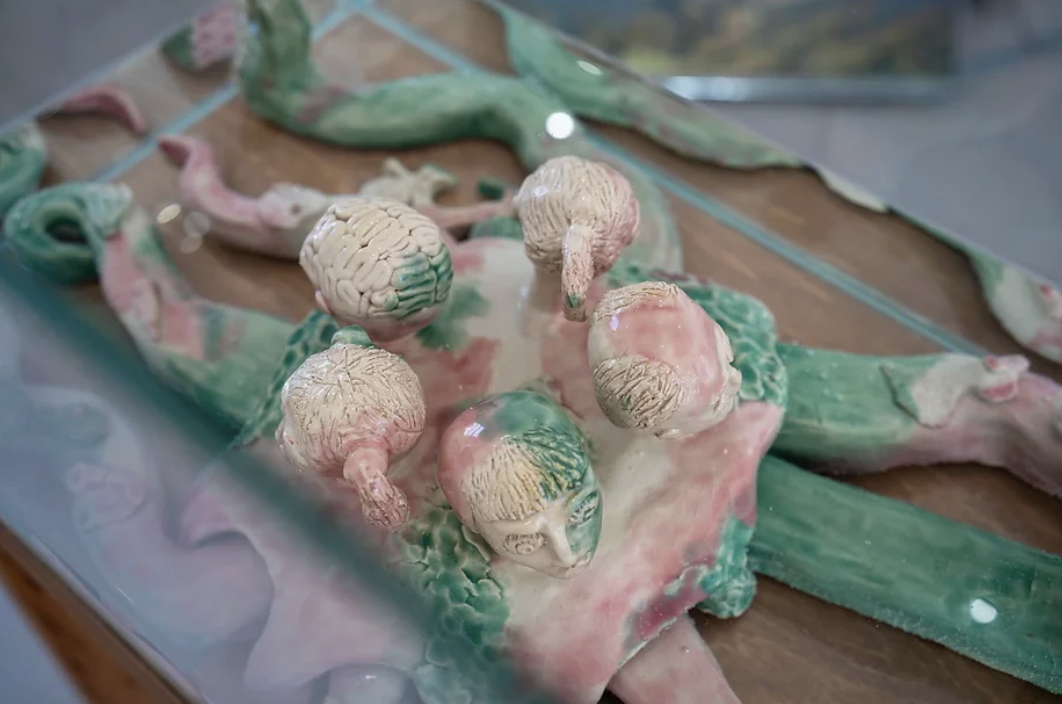
Taming the Untamable is divided into six chapters that imitate stages of an early modern age expedition; similar to the exporation of the imaginary worlds of Jules Verne, they investigate spaces of borders, relationships, control, negative spaces, intimate spaces, and speces as indicators but simultaneously go far beyond their primary meaning.
This ever-changing process thus encourages wat Cortázar calles a ‘catalyst of confused and badly understood notions’: through the use of fragments, more viewpoints are created, enriching the number of possibilities of understanding, giving space to be misunderstood, questioned and redefined.
Neža Kokol (1998) is a Slovenian writer, photographer, and spatial designer currently based in Amsterdam.
This ever-changing process thus encourages wat Cortázar calles a ‘catalyst of confused and badly understood notions’: through the use of fragments, more viewpoints are created, enriching the number of possibilities of understanding, giving space to be misunderstood, questioned and redefined.
Neža Kokol (1998) is a Slovenian writer, photographer, and spatial designer currently based in Amsterdam.